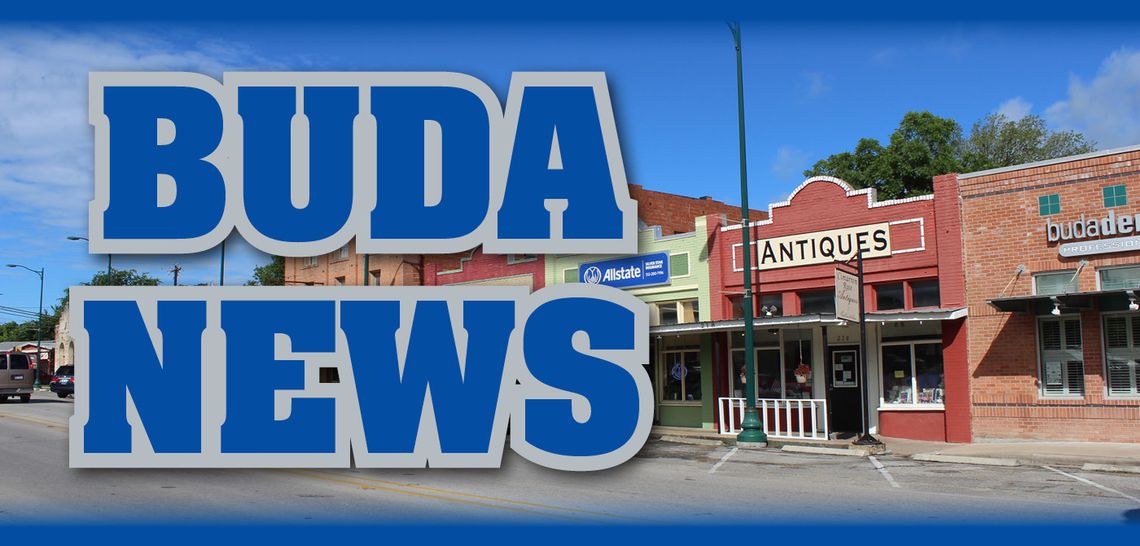By Sahar Chmais
Buda wants to give its residents incentives to conserve water, and the council took a look at options at its last meeting.
Tuesday night, Blake Neffendorf, Buda’s water resource coordinator, presented council with a breakdown of the city’s water supply, costs and potential incentive programs.
Water from the Barton Springs Edwards Aquifer is the cheapest supply the city can secure because it does not take a lot of infrastructure to deliver and it does not require a lot of treatment. The city pays the Barton Springs Edwards Aquifer Conservation District 17 cents per 1,000 gallons. However, with the city’s growing population, the Barton Springs Edwards Aquifer water supply is no longer enough.
Other viable water sources are through Guadalupe Blanco River Authority (GBRA), Alliance Regional Water Authority (ARWA) which purchases its water from Carrizo Springs from Eastern Caldwell. ARWA and the Carrizo water supplies are not being used yet, but will come online in 2023.
Accessing these water sources becomes incrementally more expensive because they require more infrastructure to deliver the water. Plus, these water sources require more treatment than Barton Springs Edwards Aquifer. Costs to get water from other suppliers can range up to $5 per 1,000 gallons.
Buda water users have to pay a base rate of $13/month, no matter how much water they use. In addition to the base, water customers also pay $3.50 per thousand gallons for the first 6,000 gallons. If a household uses more, the rate per thousand gallons increases. This plan is in place to encourage conservation, explained Neffendorf.
“As you use less water, think of it as using Edwards Aquifer water first,” Nefferndorf told the council, “and as you’re using more it’s those additional sources that we have to bring in to provide you with that additional water.”
This explanation was used to create a visual, but it does not mean the resident is using Barton Springs Edwards Aquifer water until they reach a certain limit.
On average during the winter months, a household uses slightly less than 5,000 gallons. These are the basic water needs and costs residents about $30 a month, including the $13 base fee and the cost of water per thouand gallons.
Neffendorf went over many options on how Buda can further give residents incentives to reduce water consumption.
“We don’t want to negatively affect people using water for basic needs,” Neffendorf said, “and we want to keep it as low as possible. There are other ways we can potentially help out some customers in need.”
Buda already participates in a program that creates payment plans for struggling residents until they can get back on their feet. Some other suggestions include creating a seasonal charge rate, where gallons in the summer cost more than in the winter. There is also a budget billing, where the city averages out a bill over the course of the year, but Neffendorf does not think this one will do much for conservation.
Other programs can help senior citizens and veterans. Another suggestion is to round up monthly bills; if someone pays $70.25, it will round up to $71 so the change can be allocated to customers in need of assistance.
Some conservation rebate ideas could also be used as incentives. These include reintroducing the rain barrel program, incentivizing grass removal, installing ultra-high efficiency toilets and more.
Mayor Lee Urbanovsky said he is interested in doing a flat rate program. If the city wants everyone to use 6,000 gallons, then they can set that amount at a flat rate of $30 a month. These numbers are just a quick example he came up with. The idea is to incentivize people to use Edwards Aquifer water instead of going to other sources.
Other members agreed that this might be an avenue to explore, but there will be more conversations to come around this complicated issue.
“Until I moved to central Texas,” said Council Member Terry Cummings, “I had no idea how blessed I had been living in so many other places where there was so much water and where the problems were not nearly as complex.”











